Why this approach?
· Context Assessment: To reform is to respect the history and environment of the building, adding cultural and emotional value.
· Differentiation: We integrate the history of the building with contemporary design, creating a dialogue between the past and the present.
· Emotional Connection: Customers are looking for more than functionality; they want a place with identity and character.
· Sustainability: Preserving what exists is not only aesthetically valuable, but also sustainable, reducing environmental impact.
· Spaces with Purpose: To reform is to preserve the essence of the place while giving it a new purpose, creating unique homes.
Lifestyle and Decoration: Reflections on the Essential and the Timeless
Decor and lifestyle are constantly evolving, but beyond fashion, there is a return to the fundamentals: the deep connection with the environment, sustainability and well-being. This year, design trends not only reflect superficial changes, but also a desire to create spaces that resonate with the essence of the place, that cherish the link with nature and that adapt to new ways of living. Next, we explore 10 approaches that not only define the present, but invite us to reconsider our relationship with space and time.
1. Sustainability as a Foundational Element
Sustainability is essential in contemporary design. It's not just about choosing natural materials, but about integrating them respectfully with the local environment. Elements created by hand and of local origin enrich the space and reduce environmental impact.
2. Colors of the Earth, Colors of Time
Neutral and earthy tones, such as beige and soft gray, create serene environments and connect the interior with nature. Deep accents, such as emerald green or blue, complement this unimposed connection.
3. Simplicity as an Act of Respect
The Japandi style, which fuses Japanese and Scandinavian design, focuses on purity and functionality, using natural materials and clean lines to create harmony in spaces.
4. Technology at the Service of Human Space
The technology integrates discreetly and functionally, improving comfort without interfering with the home atmosphere. Home automation and smart devices optimize the space experience.
5. Nature as an Integral Part of the Home
Indoor plants and solutions such as vertical gardens create continuity with nature, improving air quality and bringing well-being to the home.
6. The Flexibility of Space in Contemporary Living
Multifunctional furniture, such as desks that turn into tables or sofas that transform spaces, respond to the need for adaptability in modern life.
7. Art that Inhabits Space
Art becomes an extension of the identity of the home. Unique, personalized pieces bring meaning and emotional depth to spaces.
8. Textures that Invite You to Feel
Materials such as velvet, linen and wool not only offer luxury, but they create a warm and inviting atmosphere, inviting relaxation.
9. The Exterior as a Continuity of the Interior
Outdoor spaces are designed as a natural extension of the interior, with comfortable furniture and plants that create a smooth transition between the two.
10. Biophilic Design: A Return to the Essentials
Biophilic design integrates natural elements such as light, plants and organic materials, promoting an environment that promotes physical and emotional well-being.
Sophia Properties: Innovation in Design
At Sophiq Properties, not only are we at the forefront of real estate technology, but we are also dedicated to transforming spaces to reflect the latest trends in lifestyle and decoration. Sophiq's team of architects and designers work extensively to renovate and customize properties, ensuring that every detail is perfectly aligned with the client's tastes and needs.
If you are interested in renovating your property and giving it a modern and personalized touch, Sophiq is the way for you. We combine high technology with an exceptional human touch to create homes that truly make a difference.





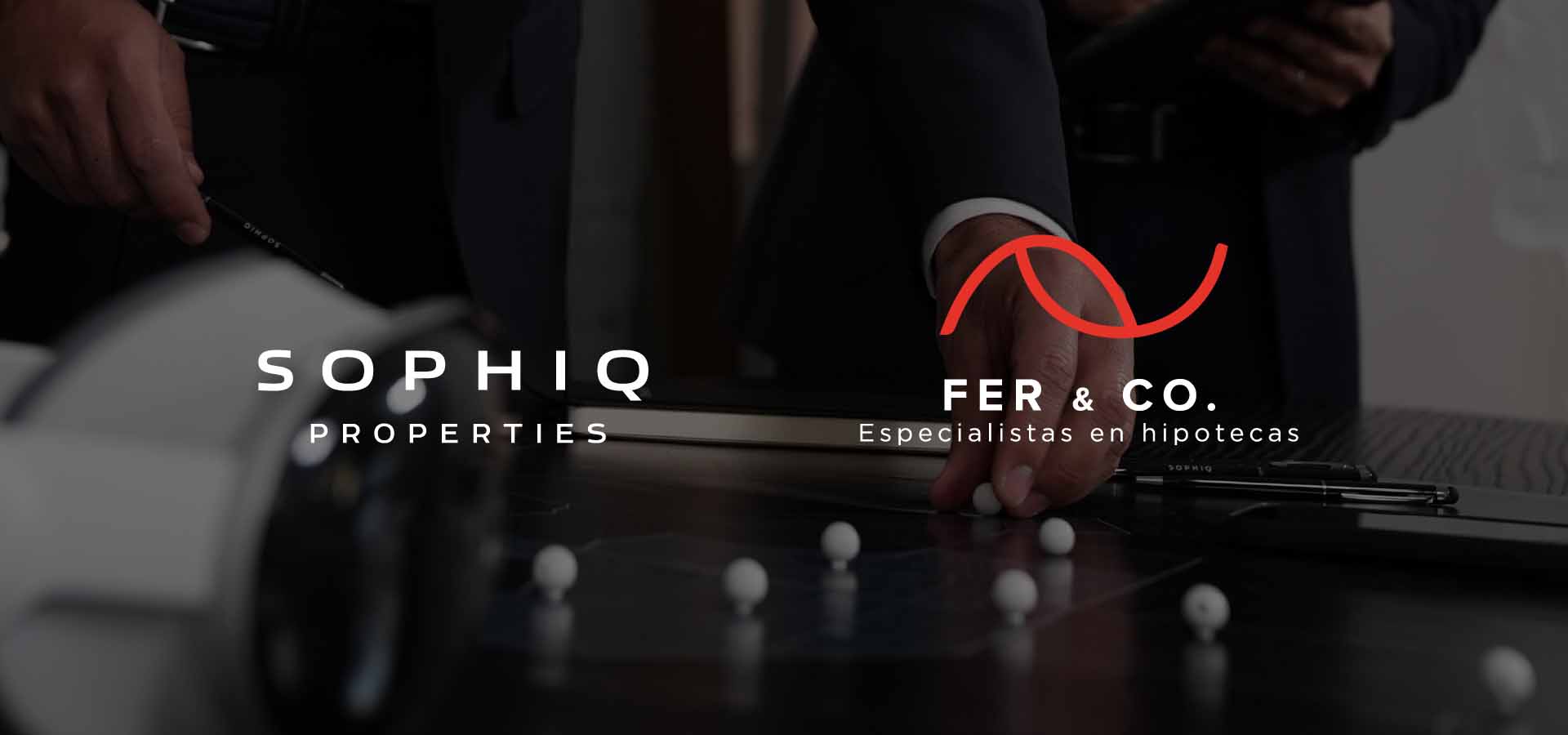





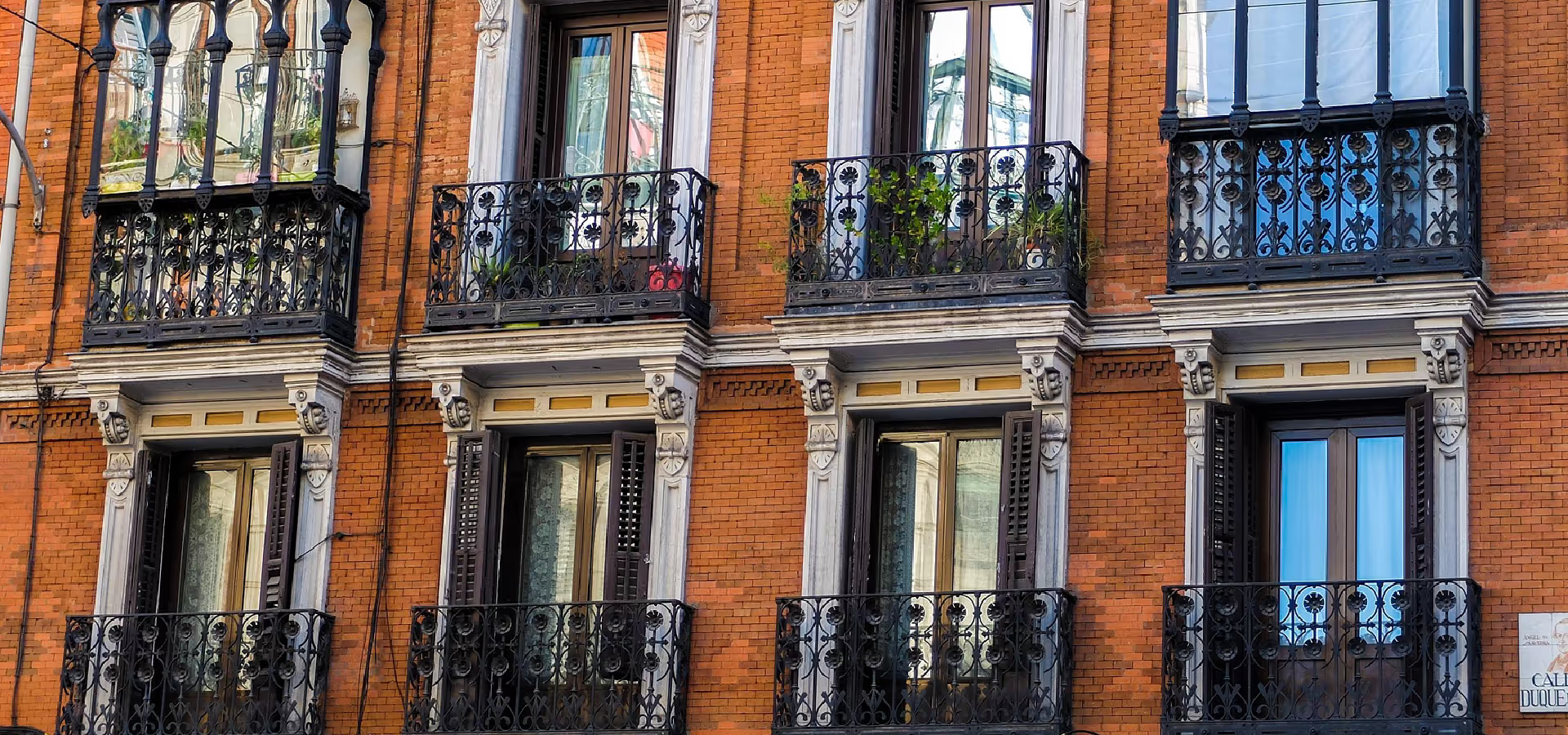



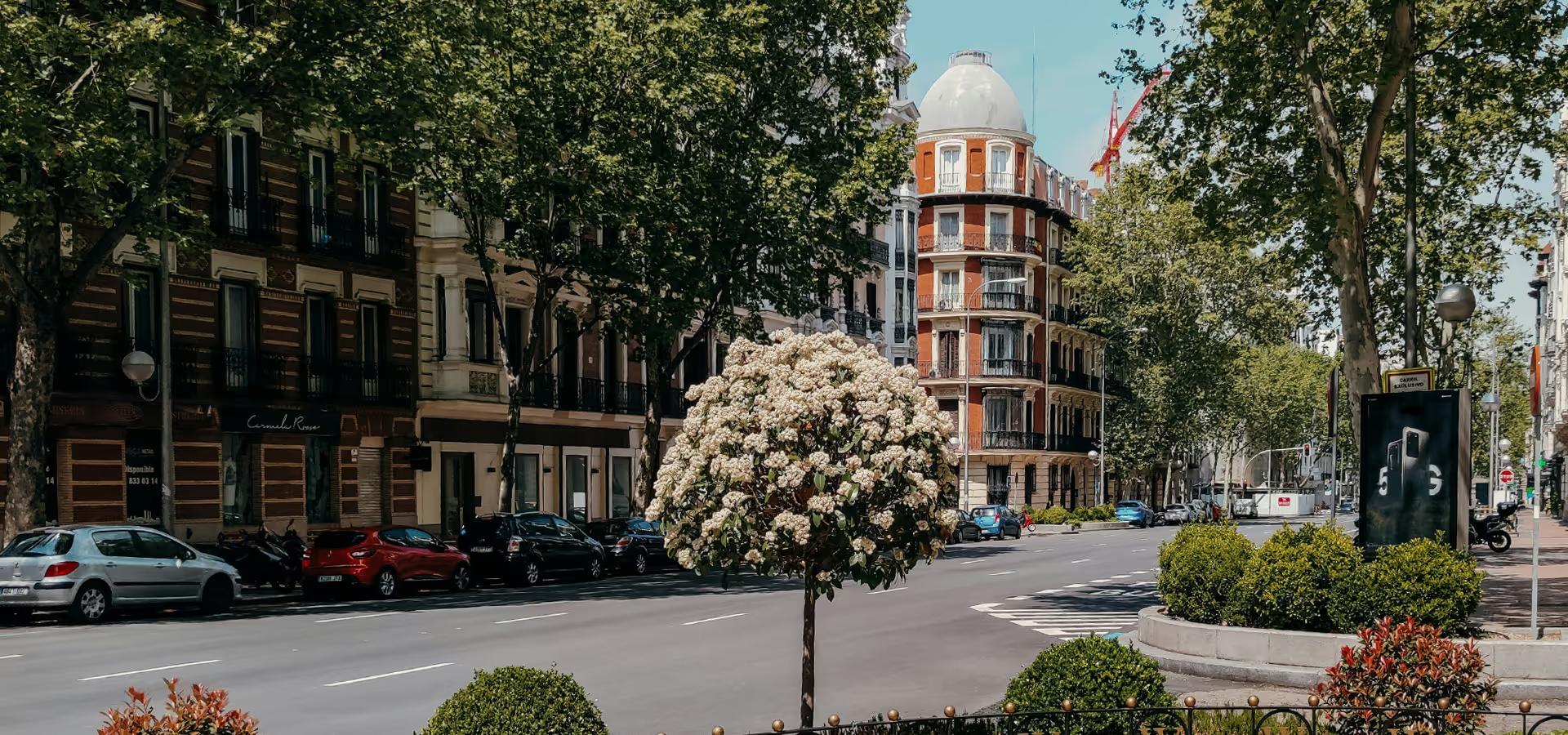
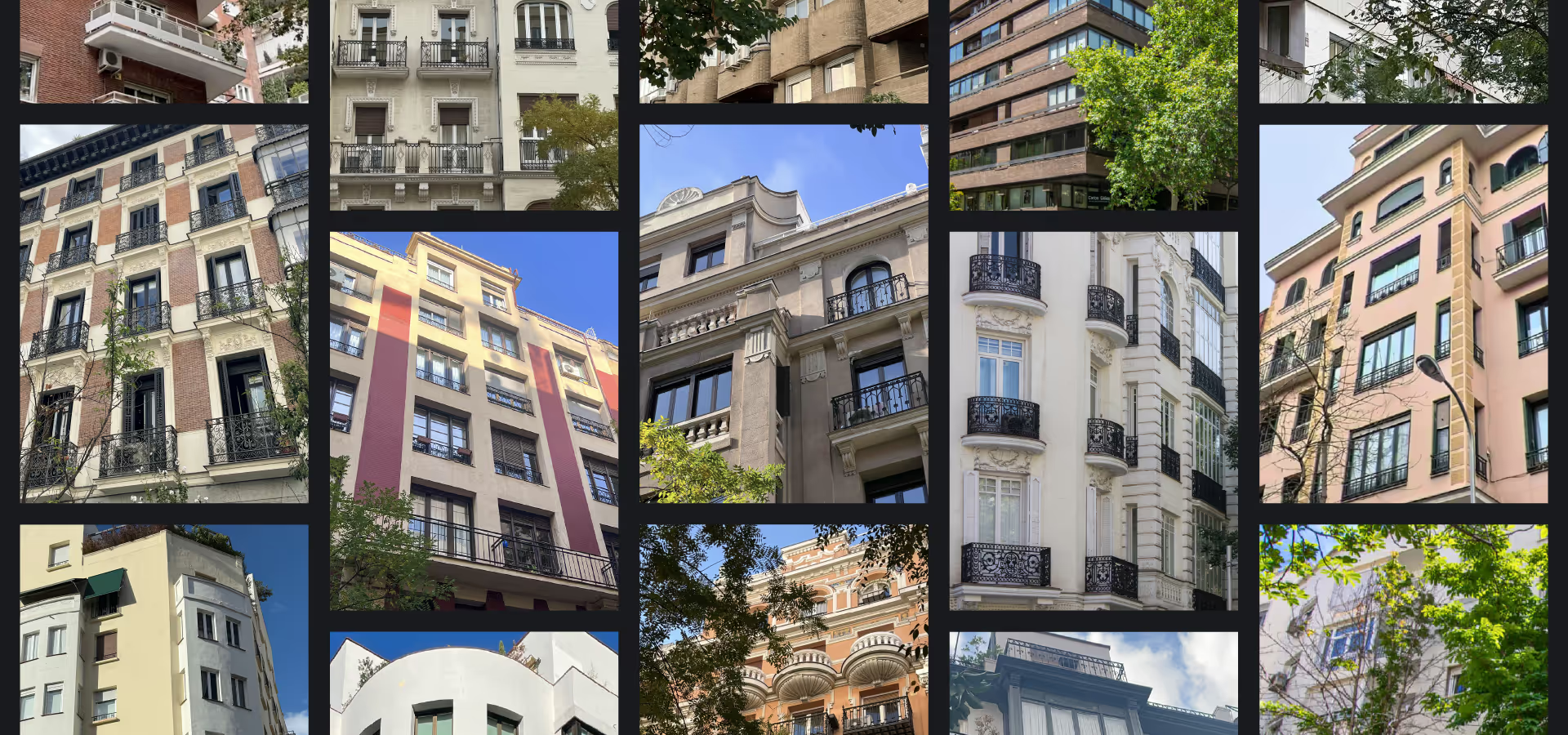



.avif)

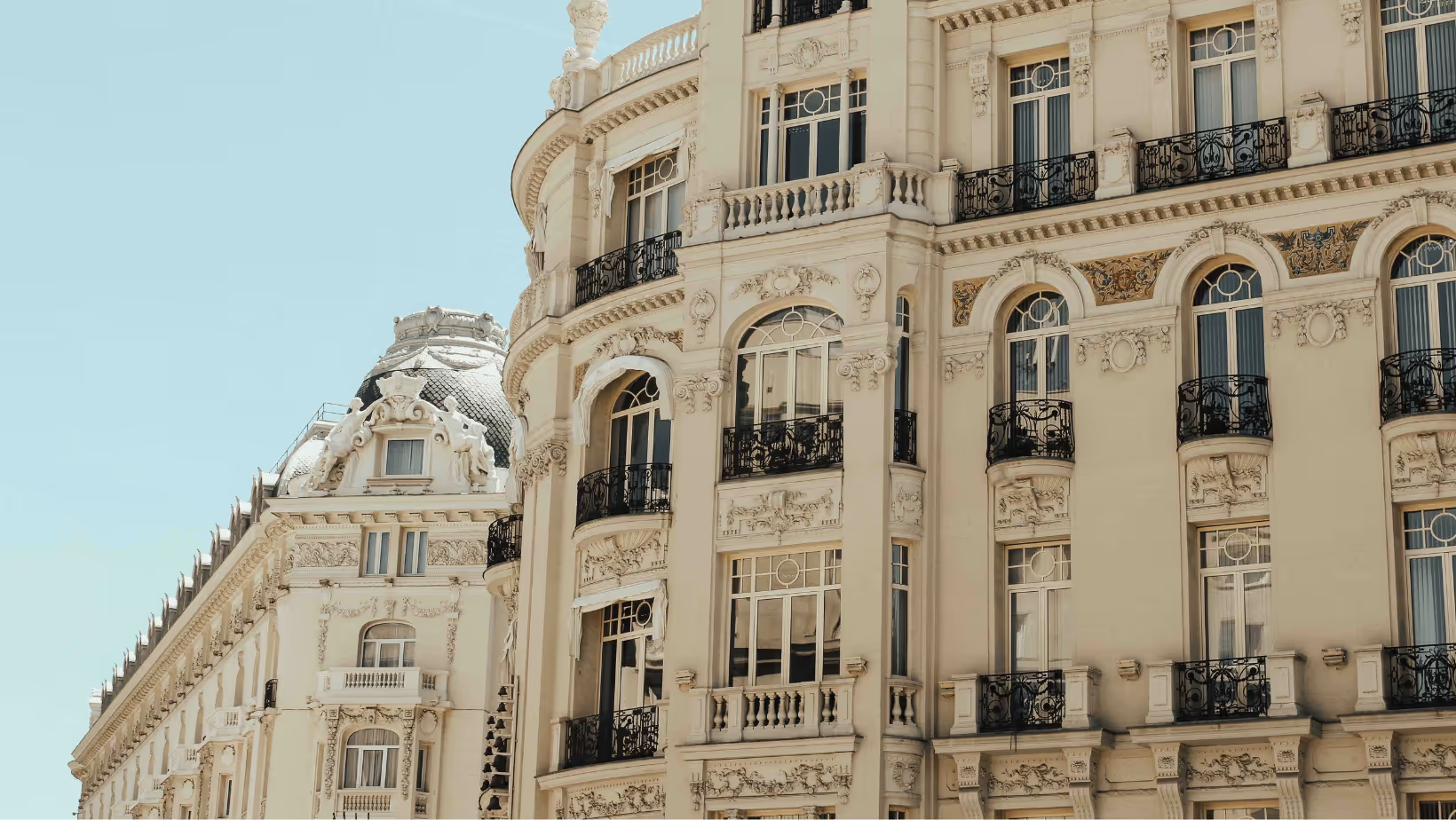

.avif)

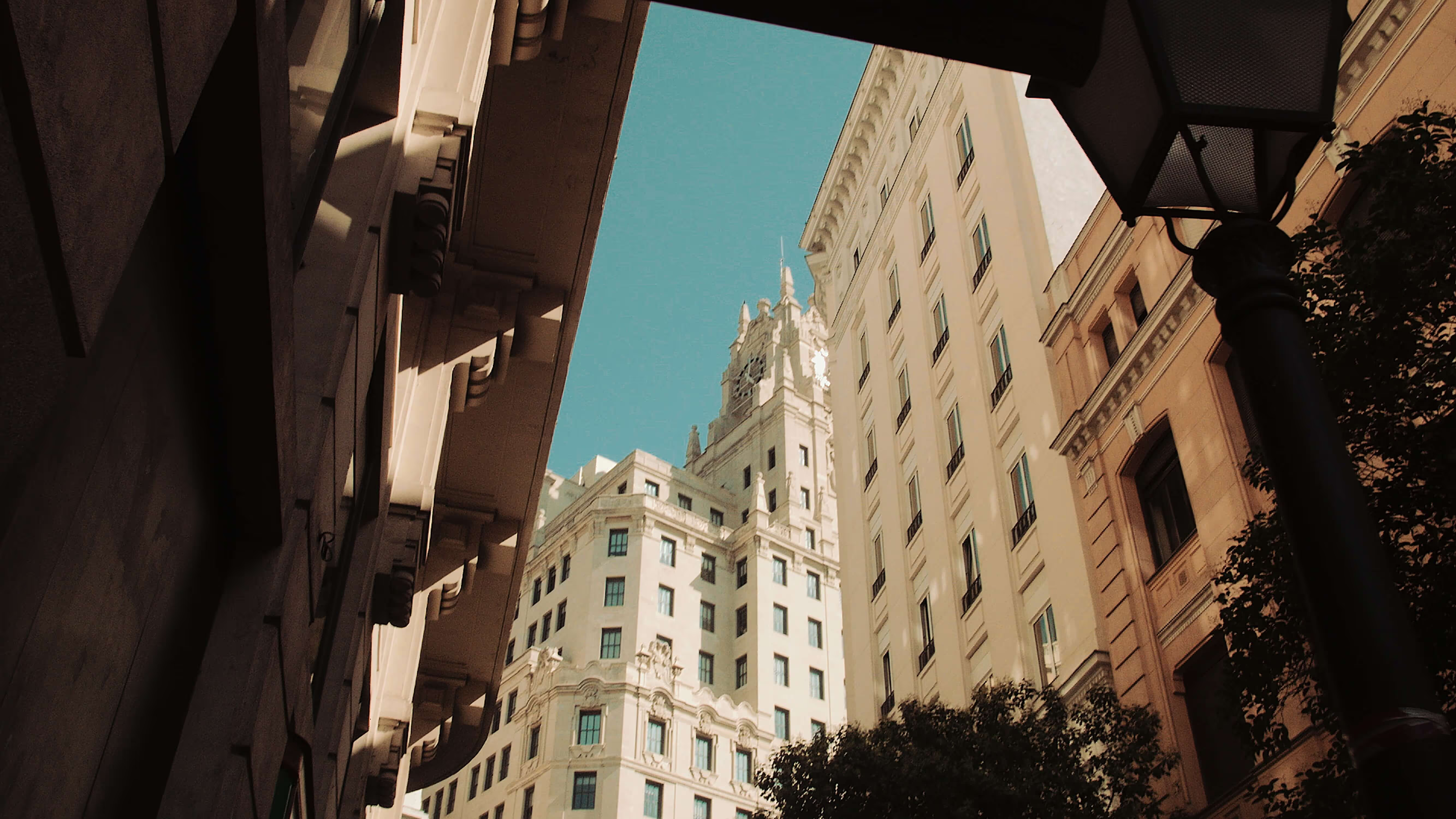
.avif)
